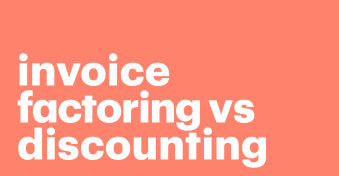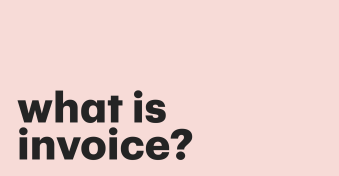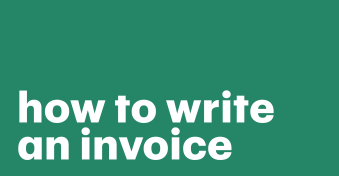Whether they’re a big company or a one-man band, every business wants timely payments. Without this, your finances are less predictable, and you can’t effectively plan for the future.
However, avoiding these issues can be simple if you have a comprehensive invoicing system.
As it turns out, different kinds of invoices and payment memos are more appropriate for different situations.
One difference worth looking into is between proforma (sometimes “pro forma”) and retainer invoices.
This is relevant to any business, but particularly smaller operations working with individual clients.
So, let’s delve into retainer invoices Vs. proforma invoices.
In this article we will cover what retainer and proforma invoices are, the differences between them and in which situations you should use them.
We will also show you some templates to help you understand further.
What is a retainer invoice?
A retainer invoice is used to collect the first installment of a retainer billing agreement or fee. (Not to be confused with a retainer agreement.)
It’s like a deposit paid by the client before services begin to secure the provider’s business.
This is common for small, highly skilled providers like individual accountants, lawyers, or consultants.
The retainer will then be paid on a weekly or monthly basis, regardless of how little the customer uses the service. (This invoice might specify a certain number of hours per month.
If the customer goes over that, there’ll be an extra line item on next month’s invoice.)
For the business, this prevents anyone from wasting their time or flaking out on payments later.
For the customer, paying this retainer means they’ve secured the service they need and won’t get muscled out by someone else.
Retainer invoice template
These invoices look very similar to regular invoices, it’s just that payments are being made before each “service period” rather than afterward.
Let’s look at a retainer invoice example in more detail:
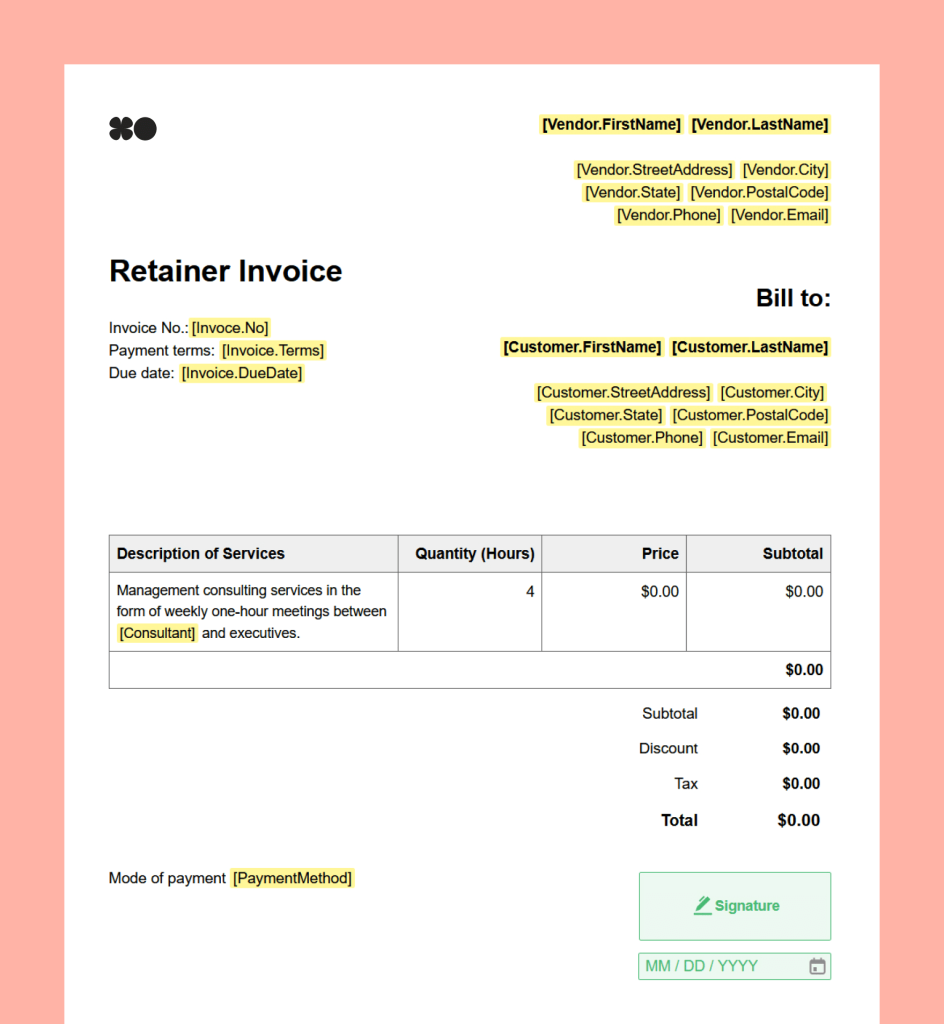
What is a proforma invoice?
One proforma invoice definition is that it’s an informal document that doesn’t get filed away with the company’s accounting records.
If this invoice is paid, it’s replaced by a formal invoice, and the proforma is ignored.
Why? It’s basically a draft.
The proforma is usually sent to the client as a final confirmation step.
The initial quote for a service might be a ballpark figure thrown out over a phone call, but a proforma invoice will be an accurate estimate broken down by specific line items.
If possible, it’ll also include terms like delivery dates and payment details.
Why use a proforma invoice?
Despite looking like a “real” invoice, the proforma invoice doesn’t go through P&L statements or any other admin processes.
So, getting a detailed invoice to the client while avoiding all that paperwork is one of the reasons you’d use one.
B2B transactions can be long and complicated things.
So sellers will often send a proforma invoice meaning everyone can review what’s happening before anything changes hands.
If the buyer needs to pay for everything upfront, they can use a detailed proforma to explain the costs to leadership at their company.
Once everyone has signed off on the proforma invoice, a final invoice can be sent over and things can get moving.
Proforma invoices are useful in sectors with high expenditures.
If a company wants many thousands of packages printed by a factory, the factory could send a proforma to confirm everything.
This avoids printing out thousands of copies of a unique package that can’t be repurposed or sold on if the customer backs out.
If an international delivery is involved, a proforma invoice might be included as a shipping document.
Since it details what’s being sold and at what costs, the invoice can be used by customs to speed up inspections and calculate the right taxes.
Proforma invoice template
So what does a proforma invoice actually include? Let’s look at a proforma invoice template from PandaDoc.
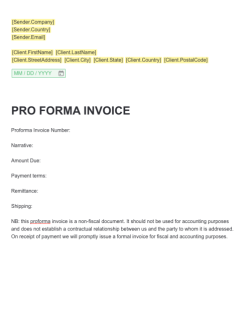
Proforma Invoice Template
Used 4995 times
Use this proforma invoice template as a sample to give your customers before providing a product or service.
Use this templateNarrative
As with any invoice, describe the goods and services provided.
For example:
- Retainer for legal services (10 hours/month).
- Sale of 1978 Fiat Panda, reg. no. 123456.
- Delivery of services agreed under a contract dated 01 May 2023.
- Provision of services outlined in the attached timesheet.
Amount due
The proforma invoice should include a detailed breakdown of the costs of each item outlined above.
If this is an international transaction, it’s important to specify which currency the invoice is to be paid in. You might also want to specify the date on which exchange rates will be based on.
Payment terms
A detailed account of the payment terms is an important part of the proforma invoice. Payment terms could be:
- Immediately upon receipt of the invoice. (That is, the receipt of the real invoice; not the proforma.)
- Within one calendar month of receipt of the invoice.
- 50% deposit on receipt of the invoice and 50% within 30 days of completion of the agreed-upon services.
Remittance
The invoice should include all acceptable payment methods. For wire payments, include bank coordinates, bank’s name, and address.
Check with your bank for any inbound payment charges, particularly when dealing with different currencies.
You can also ask the payee to include a reference when making a payment, like the company name or invoice number.
Shipping
Include shipping or collection instructions on the invoice if applicable. For example:
- Goods will ship within 48 hours of receiving cleared payment.
- Car can be collected from 1123 Sudden Valley Estates from noon next Thursday.
Disclaimer
In your proforma invoice, it’s important to state that this document is purely informational. It does not create any contractual obligation or accounting status.
Explain that upon receipt of the payment, you’ll issue a “real” invoice for payment and record-keeping purposes.
So, what precisely is the difference between a proforma invoice and an invoice?
Retainer and proforma invoices have one thing in common.
They’re both issued before the delivery of goods or services, and they’re both used as an advisory to the buyer about what’s being asked for.
But that’s where the similarities end. What are the differences?
Proforma
Draft terms of an agreement
The proforma invoice only includes the draft terms of the invoice.
There should have been negotiations beforehand, so they should be most of the way to a final agreement.
Regardless, nothing on a proforma invoice is enforceable, and everything is still up for debate.
Not legally-binding
As a draft document, a proforma invoice is not legally-binding.
Even if the buyer pays this invoice, another “real” invoice would have to be sent with the binding terms of delivery.
Not all extra fees are included
Additional fees like VAT and other taxes might not be included on a proforma invoice.
This is especially important for international deliveries, which can include extra charges at customs.
Issued well before delivery
Proforma invoices can be issued long before the buyer is expected to pay and the seller is expected to start delivering their goods or services.
This gives both parties time to settle on the transaction before they need to move forward.
Retainer invoice
Official commercial document
Unlike the proforma invoice, a retainer invoice is an official commercial document.
A copy should be kept by both parties for their business records, which will be important for tax purposes and other financials.
Legally-binding
The retainer invoice is a legally-binding document. It serves as a contract between a service provider and the client outlining the scope of work, fees, payment terms, and any other conditions.
If necessary, these terms can be enforced by a court.
All charges are final
Because it’s a binding document, all charges on the retainer invoice should be as comprehensive as possible.
The buyer can expect that all charges on this invoice are final, and it would reflect poorly on the seller if they aren’t.
Issued near delivery
A retainer invoice is usually sent just before the delivery of the goods or services concerned.
If a lawyer sends a retainer invoice, it’s because they’ve had a meeting with the client about a case, and everyone is ready to get going with the work.
The first payment of the retainer invoice will mark the beginning of the business relationship.
Other types of invoices
Different invoice types and payment notices have different purposes and effects. Let’s look at a few more that might be useful for businesses:
Sales
A sales invoice is a record of the exchange between buyer and seller.
It lists the quantity and type of goods/services, their agreed price, and payment terms.
This is usually issued by the seller to the buyer after delivery.
Sales invoices are essential for accounting and record-keeping.
They provide evidence of the sale and confirm ownership of goods or services.
They also help both the buyer and seller track the transaction and ensure timely payment.
Consolidated
A consolidated invoice combines multiple invoices into one.
This makes it easier to pay for complex B2B transactions.
This is great for businesses with multiple departments or locations invoicing separately. Instead of multiple invoices, customers only receive and process one consolidated invoice.
This has details from each individual invoice.
Date of service, description of products/services, and total due. Each invoice is listed separately on the consolidated invoice with its own number and amount due.
These provide a summary of all invoices over a particular period, which is useful for accounting and record-keeping.
Accounting staff can track payments and balances across departments without digging through too many invoices.
This makes the whole process more efficient for businesses and their customers.
Credit memo
A credit memo (also a “credit note” or “credit receipt”) is sent to reduce what a buyer owes to the seller.
They’re used to fix mistakes in an invoice where the buyer would overpay or make a record of returns.
They can either show a refund to the buyer or be used later as a discount on future purchases.
Learn more about these in our credit memos vs. invoices comparison article.
Debit memo
A debit memo (also a “debit note”) notifies the buyer that their account has been debited for the stated amount.
They’re used to adjust sales invoices, such as correcting billing mistakes.
In a B2B transaction, it’s important to keep accurate records of invoices, credits, and debits.
Debit memos correct discrepancies between two companies’ accounts for record-keeping purposes.
The note explains the reason for the extra charge, which might also be recorded in a separate invoice.
Send the right invoices faster and get paid quicker
Sending the right invoice is important to get paid quicker. And as we’ve seen, invoices can have all kinds of different properties and effects.
With PandaDoc, you can choose from hundreds of business document templates to get the invoice you need right away.
There are even helpful tips in the document that will explain all the terms.
Once you’ve got the invoice for you, use our end-to-end document workflow solution to send and manage your invoices quickly and easily.
Disclaimer
PandaDoc is not a law firm, or a substitute for an attorney or law firm. This page is not intended to and does not provide legal advice. Should you have legal questions on the validity of e-signatures or digital signatures and the enforceability thereof, please consult with an attorney or law firm. Use of PandaDocs services are governed by our Terms of Use and Privacy Policy.
